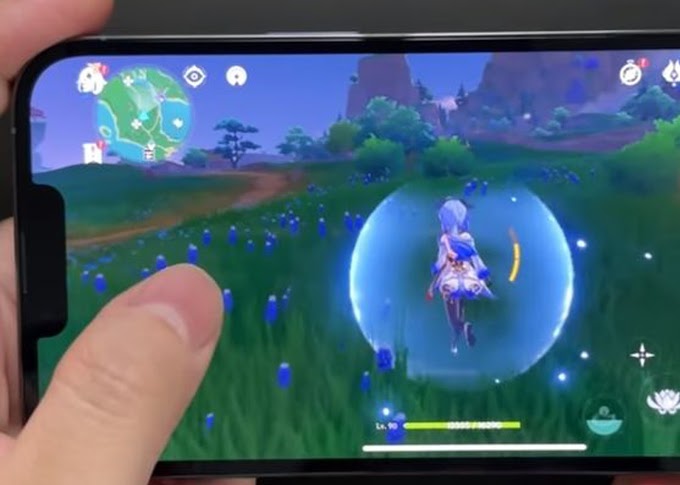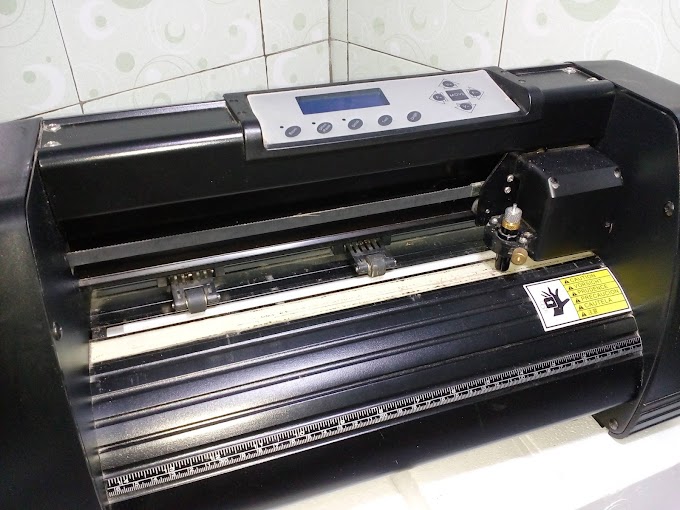Sometimes there are certain jobs that require us – the workers – to delve into graphic design a bit, even though we are not graphic designers.
For example, marketing, especially digital marketing. Usually they will need visual content to be published on digital media. Okay, maybe they have a special designer to handle. However, sometimes the visual content is really trivial, so we think it's better if we just make it ourselves. Graphic designers are waiting in line for many other jobs, for example.
Or bloggers. Sometimes they need this image to support articles on their blogs, to be posted on social media too. But not all bloggers are design literate.
Actually graphic design is not that complicated. The principle is a lot of practice, because design is a matter of taste. There is nothing wrong or right in design. What is there is pleasing to the eye and not (besides of course it must be a solution to a problem. This is a general design principle).
Well, whether it's good or not to look at is very subjective. Everyone has their own standard of pleasing to the eye. However, at a certain point, there are conditions when the results of graphic designs are pleasing to the eye of almost everyone.
Like Each number has its own common factor. Right? Well, at some point, there are several numbers that have the same common factor. So, what is this common factor? It can be searched. Likewise with graphic design.
So, no need to be confused, actually the main principle of everything is balance. In more detail, here are some of the most key graphic design principles that can be applied to you, non-designers who are forced to do design work.
3 Basic graphic design principles and tips for non-designers
1. Composition: Cleaner is better
A common mistake that those who are just experimenting with design make is in the use of whitespace. What is whitespace? That is, empty space, or negative space, that is not filled by any design element in the artwork.
Most of them eagerly fill all existing empty space, with various design elements that are not important. Whereas whitespace itself is an important graphic design element, which should always be present in every artwork.
Whitespace can highlight one part of your design that you want to highlight. Take a look at the Black Swan poster above. Our eyes will automatically admire how the black swan artwork looks, right? All because there are no excessive design elements around the swan artwork, so that this artwork can become the hero in the poster.
So we can use whitespace if:
- We have artwork that we want to be very prominent and very strong
- We have high quality artwork and it is full of details
Remember, whitespace is not always white, yes, but this is a term for negative space – space that is left empty without being filled in: lines, pictures, and writing.
2. Typography Graphic Design Basics: Balance between readability and font style used
For those who are used to studying, they can use 3, 4, 5, even more types of fonts in one artwork, and still be able to balance it well. However, if you are not a basic graphic designer – or at least you are just starting to learn graphic design – you should be safe first. The method?
The first, use a maximum of 2 types of fonts in one artwork. Want 3? Yes, but make sure this is the most. Four, it could get messy. Remember, cleaner is better, less is more.
How about the font pairing? Again, take it safe first. For a combination of 2 fonts, choose the readable and stylish, for a beautiful combination.
3. Color Graphic Design Basics: Combinations determine the mood
Well, this color issue is also a pretty difficult homework. Even pro designers usually need a lot of exploration to find the right colors and color combinations.
This color element is indeed not easy, because it will affect the overall mood of the design, as well as the effectiveness of conveying the message to those who see it. If it's wrong, it might not have an effect, or even have a bad effect.
So, to be safe, try using this color scheme from Bright Side as a benchmark.
If you use 2 colors, use the right color combination. If you use 3 colors, use a combination of equilateral triangles on the left. If four? Well, four seems too much. But if you have to, keep using the color circle above, then make a square connecting the 4 colors.
But remember, the less is more principle still applies to this color combination. Use a contrasting color to highlight one part that you really want to emphasize.
Hopefully this is clear enough. Tips and Tricks. To be sure, we do need a lot of practice. Trial and error, then ask other people for help, by commenting, for example, or choosing between several alternative graphic designs that you create.
May be useful.













